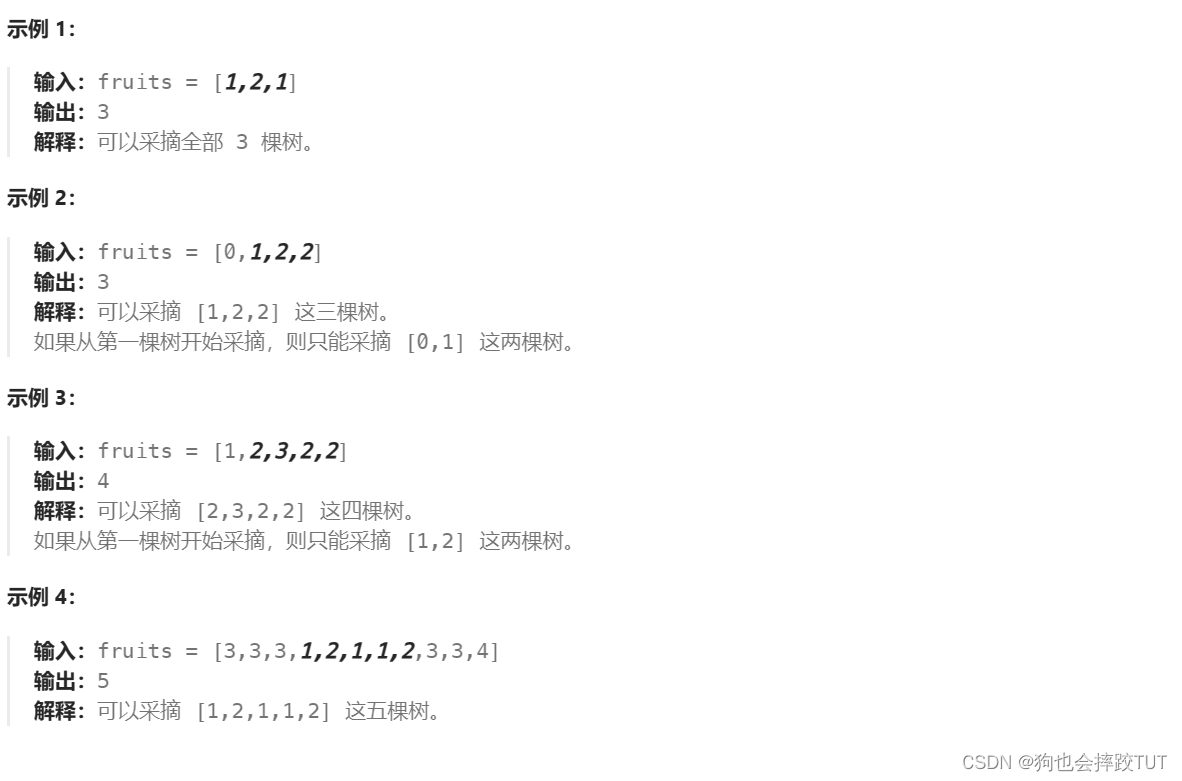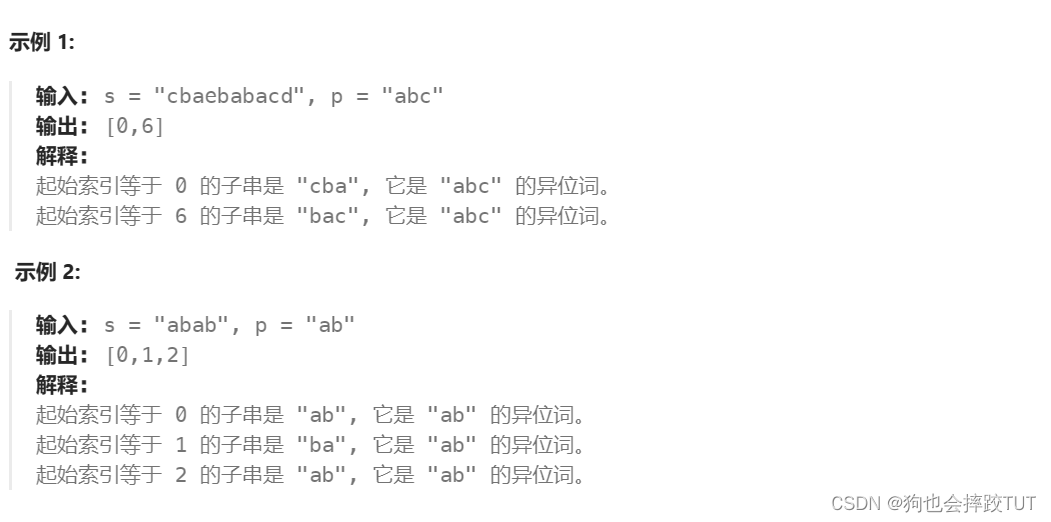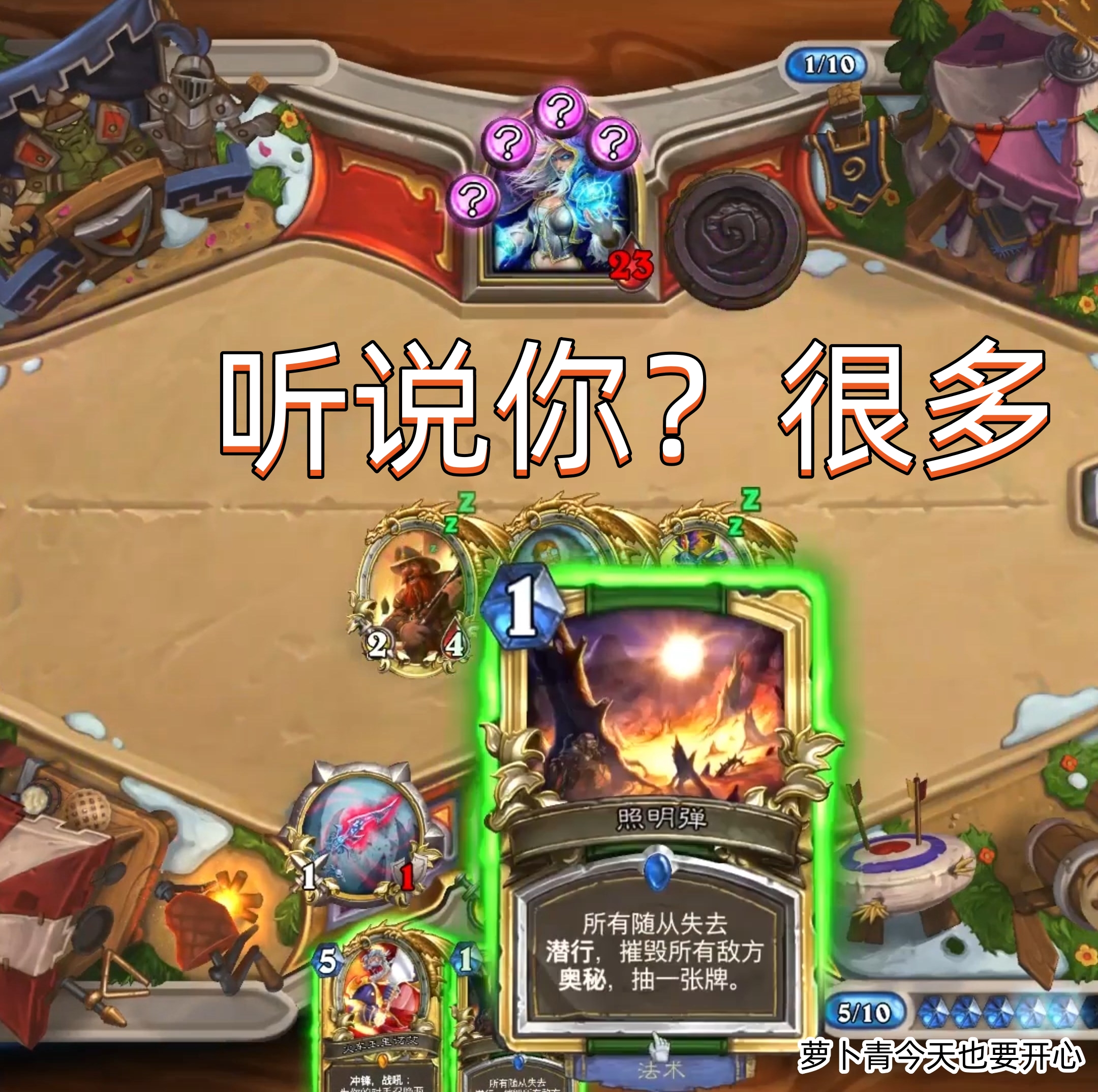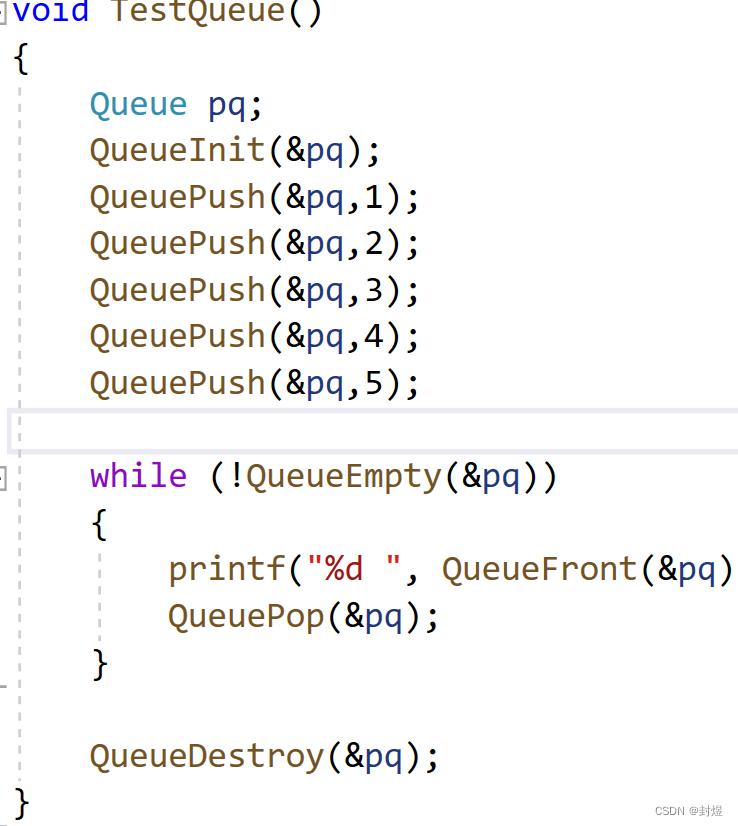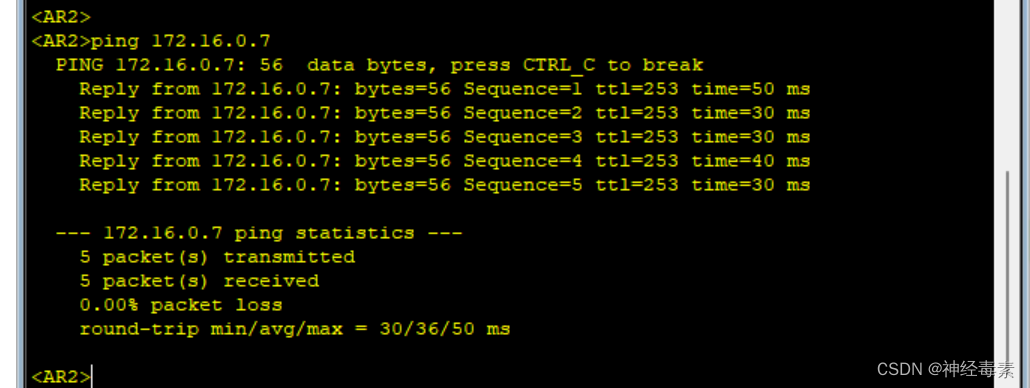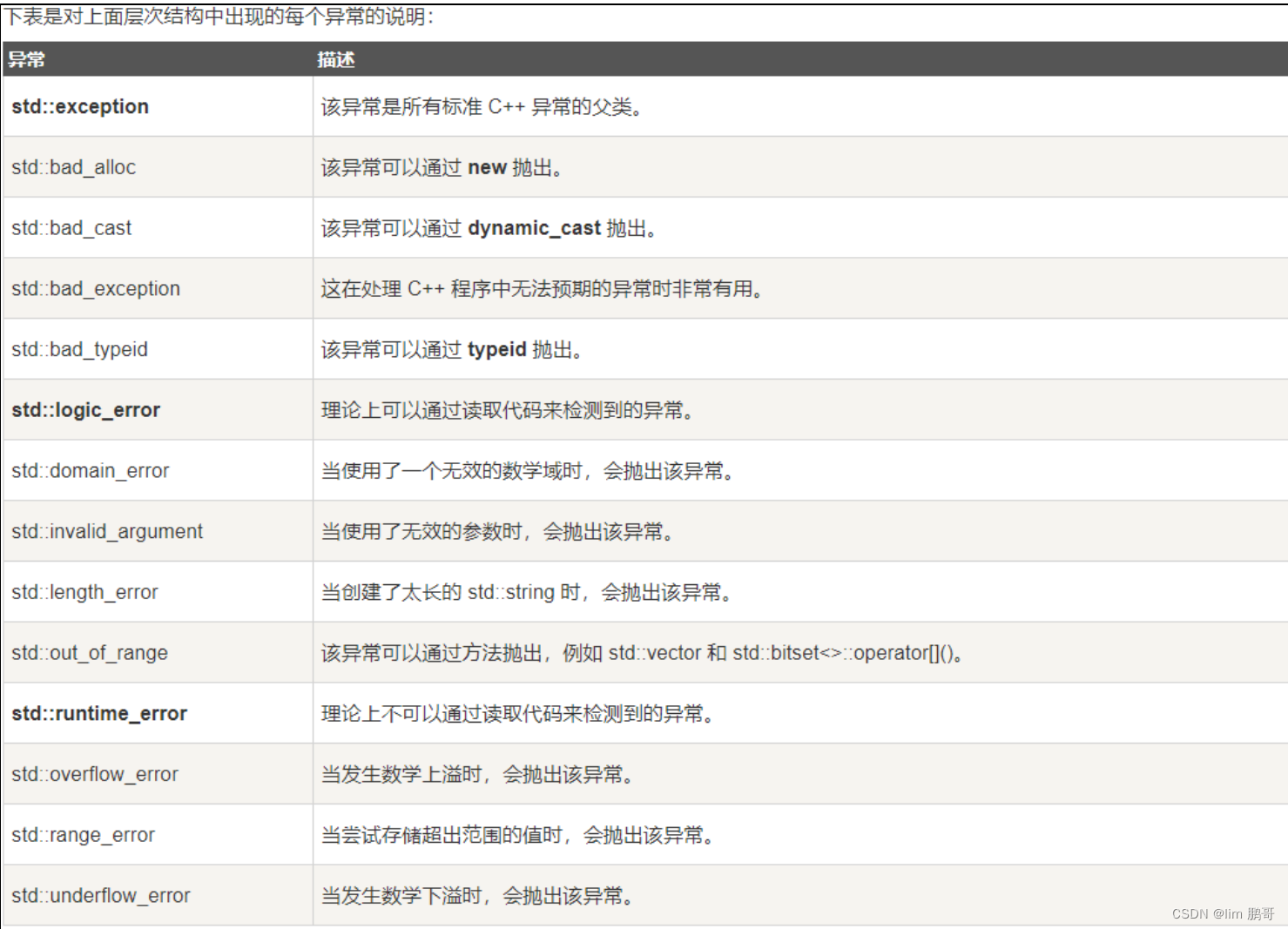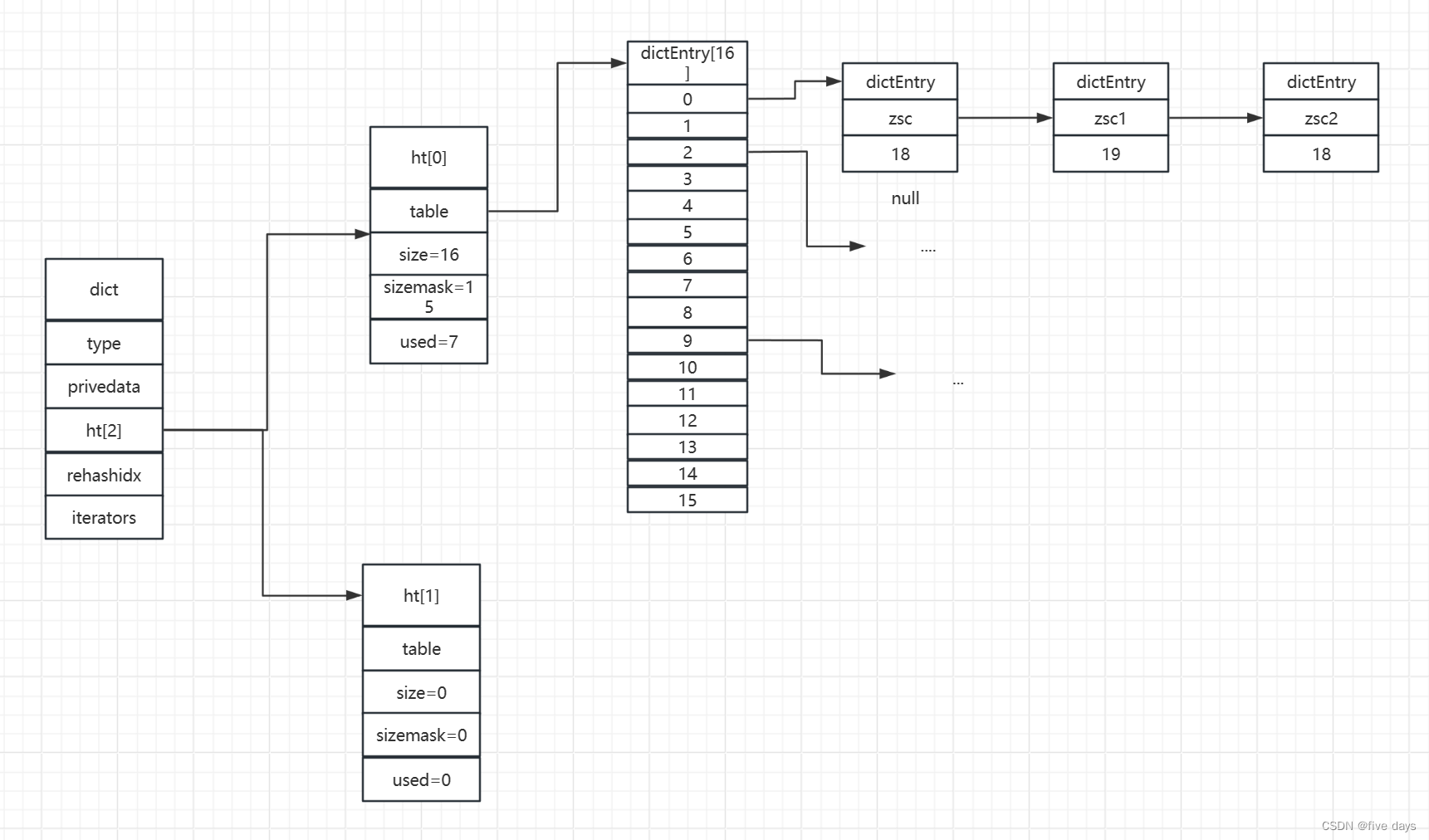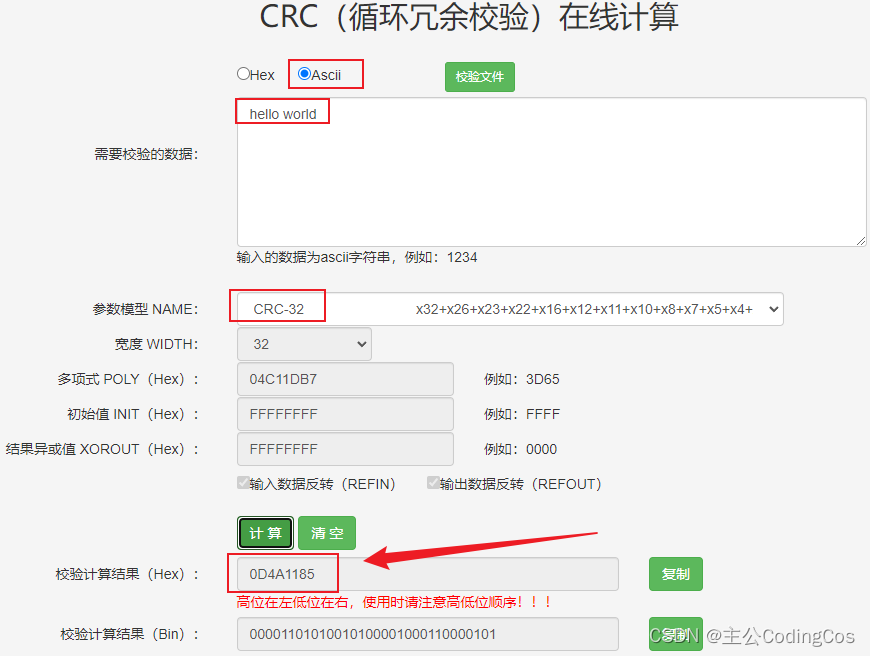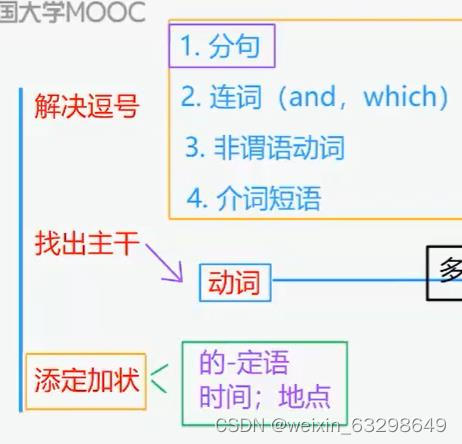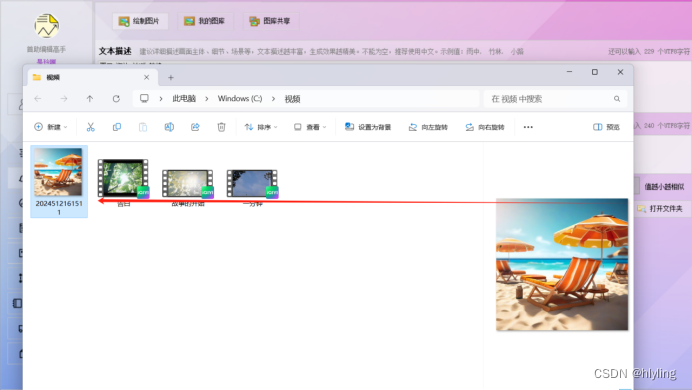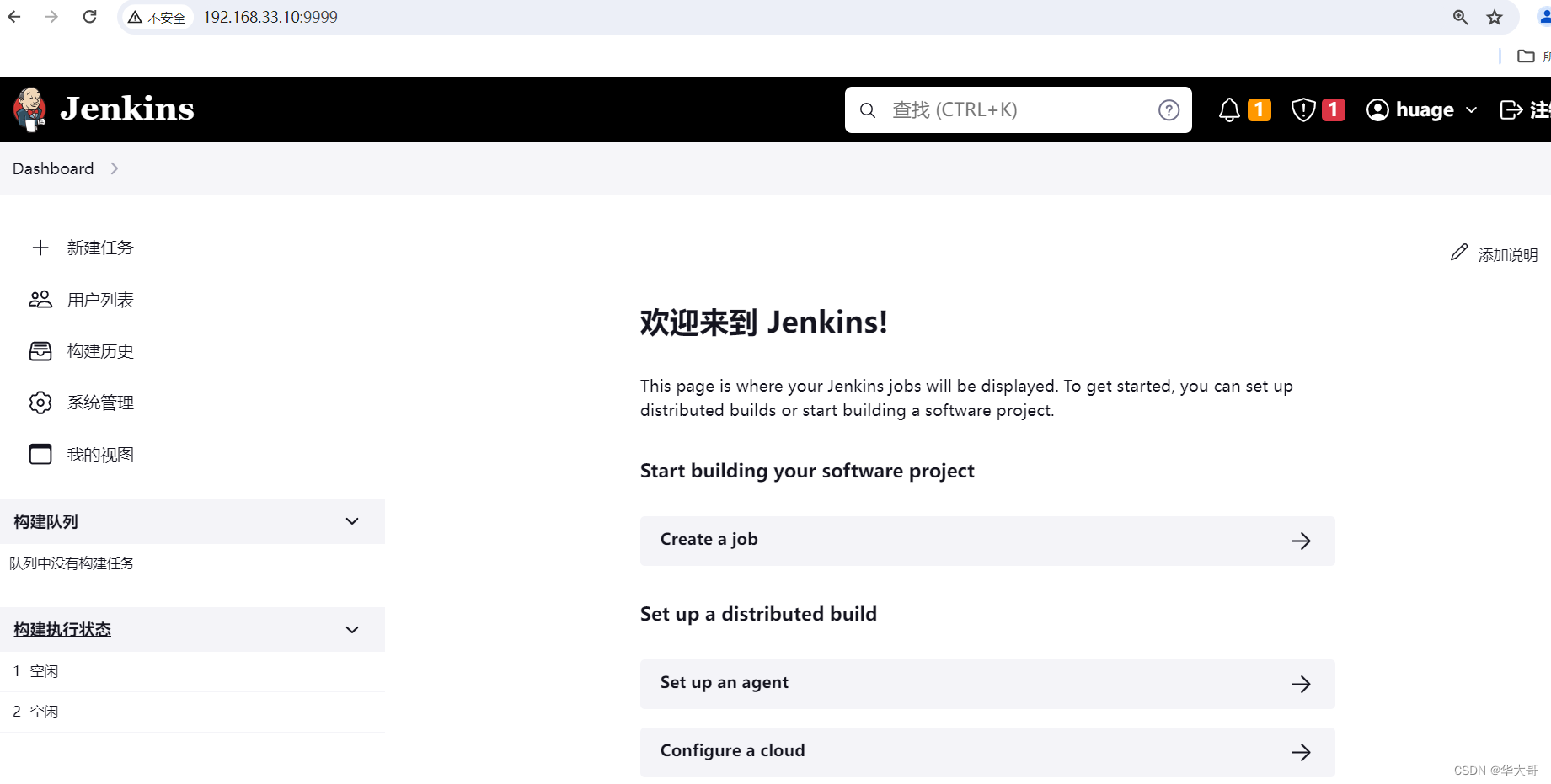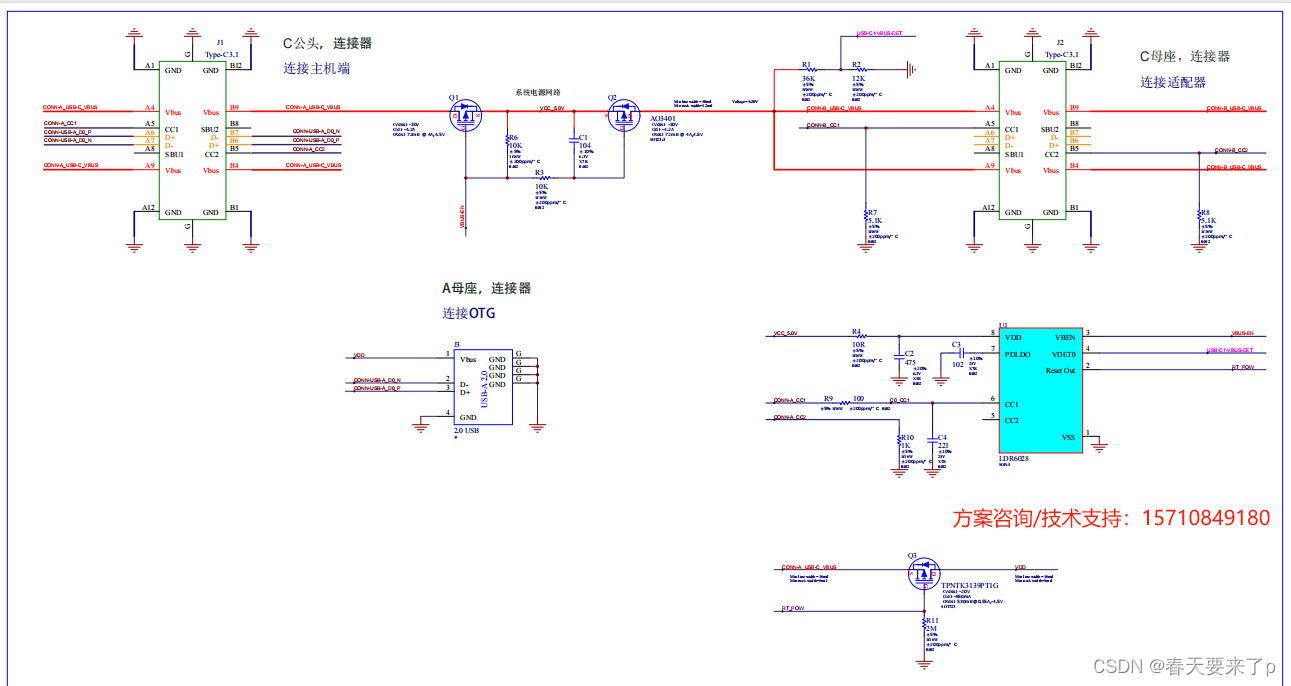
文章目录
- 1、水果成篮
- 2、找到字符串中所有字母异位词
- 3、串联所有单词的子串
- 4、最小覆盖子串
1、水果成篮
你正在探访一家农场,农场从左到右种植了一排果树。这些树用一个整数数组 fruits 表示,其中 fruits[i] 是第 i 棵树上的水果 种类 。
你想要尽可能多地收集水果。然而,农场的主人设定了一些严格的规矩,你必须按照要求采摘水果:
你只有 两个 篮子,并且每个篮子只能装 单一类型 的水果。每个篮子能够装的水果总量没有限制。
你可以选择任意一棵树开始采摘,你必须从 每棵 树(包括开始采摘的树)上 恰好摘一个水果 。采摘的水果应当符合篮子中的水果类型。每采摘一次,你将会向右移动到下一棵树,并继续采摘。
一旦你走到某棵树前,但水果不符合篮子的水果类型,那么就必须停止采摘。
给你一个整数数组 fruits ,返回你可以收集的水果的 最大 数目。
class Solution {
public:
int totalFruit(vector<int>& fruits) {
unordered_map<int,int> ret;//这里可以使用数组,效率会有提高,
int n=fruits.size(); //一直插入删除会有效率损失
int maxi=0;
int sum=0;
for(int i=0,j=0;j<n;j++)
{
ret[fruits[j]]++;
sum++;
while(ret.size()>2)
{
ret[fruits[i]]--;
sum--;
if(ret[fruits[i]]==0)
ret.erase(fruits[i]);
i++;
}
maxi=max(maxi,sum);
}
return maxi;
}
};
2、找到字符串中所有字母异位词
给定两个字符串 s 和 p,找到 s 中所有 p 的 异位词 的子串,返回这些子串的起始索引。不考虑答案输出的顺序。
异位词 指由相同字母重排列形成的字符串(包括相同的字符串)。
class Solution {
public:
vector<int> findAnagrams(string s, string p) {
int n = s.size();
int m = p.size();
vector<int> arr;
//unordered_map<char, int> ret;时间复杂度会过大
int hash1[26];
int hash2[26];
for(auto& e:p)
hash2[e-97]++;
for(int i=0,j=0,cnt=0;j<n;j++)
{
if(++hash1[s[j]-97]<=hash2[s[j]-97])
cnt++;
if((j-i+1)>m)
{
if(hash1[s[i]-97]--<=hash2[s[i]-97])
cnt--;
i++;
}
if(cnt==m)
arr.push_back(i);
}
return arr;
}
};
3、串联所有单词的子串
给定一个字符串 s 和一个字符串数组 words。 words 中所有字符串 长度相同。
s 中的 串联子串 是指一个包含 words 中所有字符串以任意顺序排列连接起来的子串。
例如,如果 words = [“ab”,“cd”,“ef”], 那么 “abcdef”, “abefcd”,“cdabef”, “cdefab”,“efabcd”, 和 “efcdab” 都是串联子串。 “acdbef” 不是串联子串,因为他不是任何 words 排列的连接。
返回所有串联子串在 s 中的开始索引。你可以以 任意顺序 返回答案。
class Solution {
public:
vector<int> findSubstring(string s, vector<string>& words) {
int n=s.size();
int m=words[0].size();
int len=words.size();
vector<int> ret;
unordered_map<string,int> hash1;
for(auto& e : words)
hash1[e]++;
for(int k=0;k<m;k++)
{
unordered_map<string,int> hash2;
for(int i=k,j=i,cnt=0;j<n;j+=m)//注意
{
string dummy=s.substr(j,m);
hash2[dummy]++;
if(hash1.count(dummy)&&hash2[dummy]<=hash1[dummy])
cnt++;
if((j-i+1)>m*len)//注意
{
string dummy1=s.substr(i,m);
if(hash1.count(dummy1)&&hash2[dummy1]<=hash1[dummy1])
cnt--;
hash2[dummy1]--;//注意
i+=m;//注意
}
if(cnt==len)
ret.push_back(i);
}
}
return ret;
}
};
4、最小覆盖子串
给你一个字符串 s 、一个字符串 t 。返回 s 中涵盖 t 所有字符的最小子串。如果 s 中不存在涵盖 t 所有字符的子串,则返回空字符串 “” 。
注意:
对于 t 中重复字符,我们寻找的子字符串中该字符数量必须不少于 t 中该字符数量。
如果 s 中存在这样的子串,我们保证它是唯一的答案。
class Solution {
public:
string minWindow(string s, string t) {//t是可重复的所以需要手动查找有效字符的个数
int n=s.size();
int m=0;//有效字符的个数
int imax=INT_MAX;
int begin=-1;
int hash1[128];
for(auto & e: t)
{
if(hash1[e]++==0)
m++;
}
int hash2[128];
for(int i=0,j=0,cnt=0;j<n;j++)
{
hash2[s[j]]++;
if(hash1[s[j]]&&hash2[s[j]]==hash1[s[j]])
cnt++;
while(cnt==m)
{
if(imax>(j-i+1))
{
imax=(j-i+1);
begin=i;
}
if(hash1[s[i]]&&hash2[s[i]]==hash1[s[i]])
cnt--;
hash2[s[i]]--;
i++;
}
}
if(begin==-1)
return "";
else
return s.substr(begin,imax);
}
};
